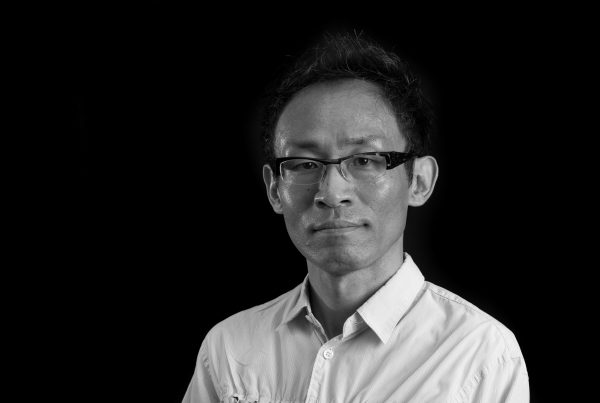- Ricci C, Bauer FE, Treister E, Schawinski K, Privon GC, Blecha L, Arevalo P, Armus L, Harrison F, Ho LC, Iwasawa K, Sanders DB & Stern D 2017, 'Growing supermassive black holes in the late stages of galaxy mergers are heavily obscured', Monthly Noctices of the Royal Astronomical Society, 468, 1273.
- Ribó M, Munar-Adrover P, Paredes JM, Marcote B, Iwasawa K, Moldón J, Casares J, Migliari S & Paredes-Fortuny X 2017, 'The First Simultaneous X-Ray/Radio Detection of the First Be/BH System MWC 656', Astrophysical Journal Letters, 835, L33.
- Iwasawa K, Spoon HWW, Comastri A, Gilli R, Lanzuisi G, Piconcelli E, Vignali C, Brusa M & Puccetti S 2017, 'The active nucleus of the ULIRG IRAS F00183-7111 viewed by NuSTAR', Astronomy and Astrophysics, 66, A117.
- Diaz-Santos T, Armus L, Charmandaris V, Lu N, Stierwalt S, Stacey G, Malhotra S, van der Werf PP, Howell JH, Privon GC, Mazzarella JM, Goldsmith PF, Murphy EJ, Barcos-Munoz L, Linden ST, Inami H, Larson L, Evans AS, Appleton P, Iwasawa K, Lord S, Sanders DB & Surace JA 2017, 'A Herschel/PACS Far-infrared Line Emission Survey of Local Luminous Infrared Galaxies', Astrophysical Journal, 846, 1, 32.
